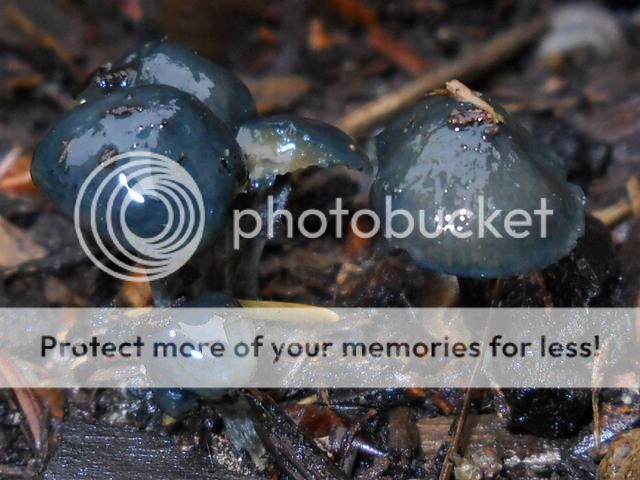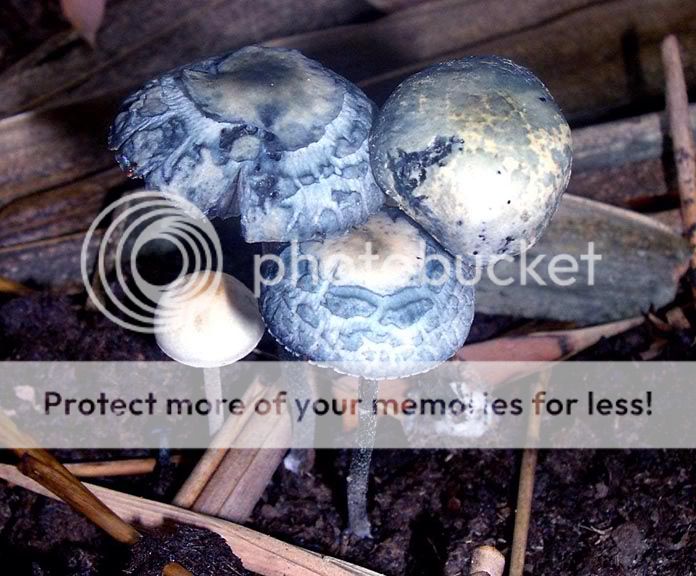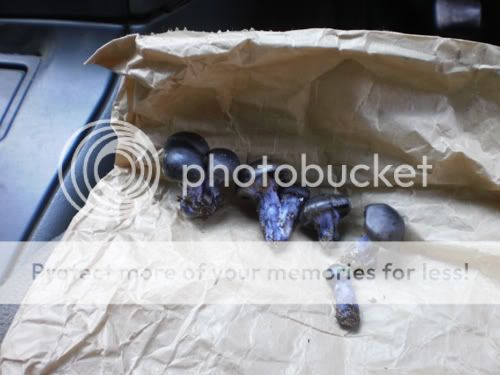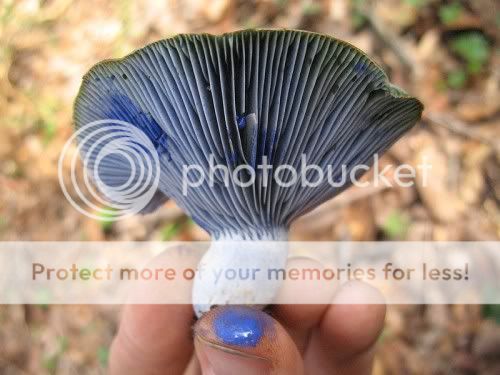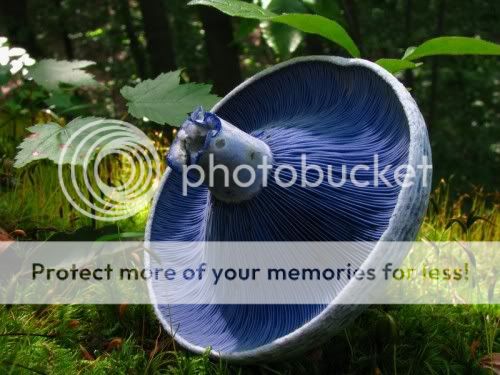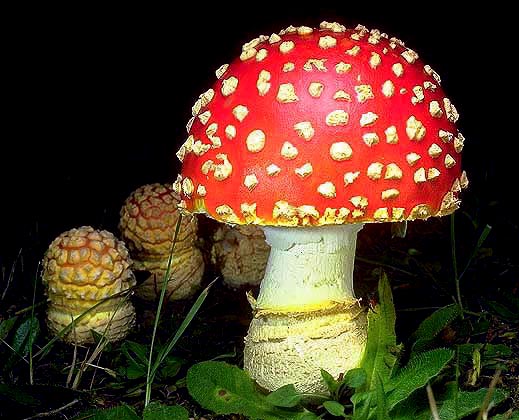no, i don't think so. each edible species has its own distinctive features. for chanterelles, it is the bright, sunny orange color, the characteristic curved, complex shape of the cap and the inseparable gills; for brittlegills, the fragile flesh that easily crumbles into flat fragments; for orange milk-caps, the deep orange color of the cap and the fact that the flesh bleeds orange "milk" when cut, which oxidizes and turns green within minutes; for the gypsy mushroom, the shabby-looking cap that tends to fracture at the edges and the darker (creamy to cinnamon-brown) surface and gills that stand out against the white inner flesh. boletes are altogether impossible to mistake for any other mushroom because of their whole appearance (the ones with pink or red gills are to be avoided, though). there are many others i can't think of at the moment.
but then, of course, i've been doing this since i was a child. collecting and consuming mushrooms is a very culture-specific activity - in our country, as in some others, the knowledge required for this is acquired automatically, while one is still very young, and one rarely gives any thought to it (if at all). this was the case with me.
i think it could be much more difficult (and dangerous) for someone who doesn't belong to a mushroom-loving culture like ours. similar, perhaps, to the situation we have now with psychedelic fungi such as
psilocybe sp., which haven't been collected here until the 70s-80s or so and still feel largely unfamiliar. some use photos printed out from the internet and/or guidebooks to identify them, and perhaps they are good at this, too, but, frankly, i wouldn't risk so much if i were them.
i guess the golden rules for staying safe are: never eat a mushroom that is entirely while, especially if it has gills; never eat a white gilled mushroom with a yellow, gray, bronze, brown or greenish cap; never eat any "little brown mushrooms". that way, at least, one can guarantee that one isn't going to collect something life-threatening.
and it is best to stay away from brittlegills (
russula sp.) which have a bright purple/raspberry-colored cap and stains of the same color on the stipe (or "blush"), especially if the flesh tastes bitter when licked. some people get violently sick after eating these. (i personally don't attempt to distinguish between different species of brittlegills - i will collect any regardless of their color and do not sample them for bitterness, but then i never eat them raw and i take care to boil them well, for approx. 10-15 min. besides, i don't usually have any adverse GI reactions to mushrooms, but many other people do).
ironically, these are the two species of wild mushroom i have never collected or tasted. i'm not even sure if i have seen them growing in the forest. my grandfather (who taught me everything he knew about mushrooms) used to dismiss them as second-rate - i remember him telling me that morels were more or less like rubbish when compared to other species, and he would call shaggy manes "dung growths".

